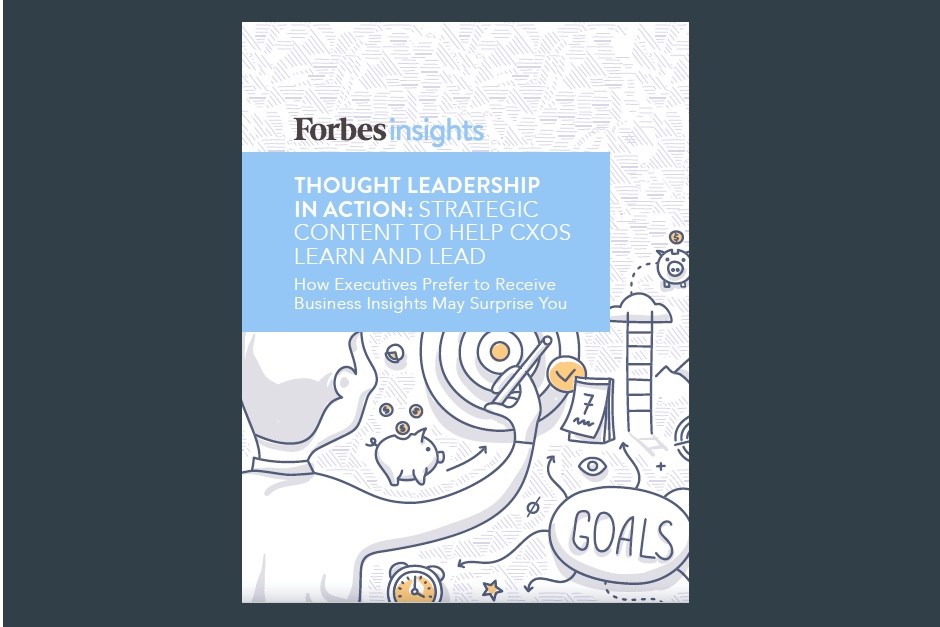Facebook ‘badvertising'. The importance of ad placement
30 May 2013

When celebrities get bad publicity for one reason or another they often get dropped by the brands they endorse, simply because the brands don’t want to be associated with whatever scandal the celebrity has been involved in. A similar kind of situation has happened on Facebook – brands’ advertisements have appeared alongside offensive Facebook Pages, causing some brands (such as Nationwide, the leading UK building society) to suspend their advertising on Facebook.
This brings a number of questions and thoughts to mind.
First, is the importance of ad placement. Often the placement of advertisements in the media can be overlooked; with the focus instead being on factors such as size and advertising budget. What people can forget to consider is how the placement of an ad can impact consumers’ perceptions of the brand advertiser. Consider the case of Nationwide; a financial services brand. Financial services organisations have struggled to build and maintain consumer trust over the past few years, thanks to the global financial crisis and a number of scandals. Social media is a great channel to build relationships and trust, hence why a financial services brand might want to use it. However, by having a Facebook advertisement displayed alongside offensive, harmful content, Nationwide could risk damaging any favour gained among consumers. Hence why it’s a logical decision for Nationwide to suspend its Facebook advertising.
Second; is social media really the right place for advertising? While on other mediums, such as print advertising, may give brands the opportunity to approve the placement of an advertisement prior to publication, it’s a different story on social media. Facebook uses an algorithm which choses which ad to display based on a number of factors, including the historical performance of each ad, the bid the advertiser paid, and the age/location/interests of the audience the advertiser wants to target. This automation makes it much more difficult for an advertiser to choose which content their ads are displayed alongside.
The third matter which comes into question is the importance of content policies on social media. Since the campaign, Facebook has removed the offensive content, and introduced a 5-point safety programme aiming to deal with controversial, harmful and hateful speech. Content policies are important for organisations to help maintain positive user experiences. For social media channels, policies against offensive content are also paramount, as these platforms often provide a route for brands to build relationships with customers and vice versa. If a company’s ad is displayed alongside an offensive Page on Facebook, consumers may be led to believe the brand is endorsing that content, and it may damage the customer-brand relationship. If this occurs on a mass scale, it’s likely Facebook will receive a backlash. Therefore, content policies are key.
But is Facebook advertising all doom and gloom? Facebook has been around almost 10 years (how old does that make you feel?!) and in that time we’ve heard endless complaints from users about intrusive, annoying, [insert negative adjective] ads being displayed. However, until now, we’ve not heard a great deal of complaints from brands. Facebook advertising is a great way for brands to increase awareness, and reach mass audiences on relatively small budgets. Facebook also offers a host of advertising solutions to meet a brand’s needs – from Sponsored Stories to premium ads, and potentially even video ads. Ergo, when brands want to advertise online, they often head to Facebook.
While a handful of brands have already suspended their Facebook advertising efforts, it’ll be interesting to see whether more brands will follow suit. I doubt there will be much of a boycott of Facebook advertising in the long term, however, given Facebook’s ability to reach mass audiences on a small budget. But what it might do is fuel a desire for brands to have more influence over which content their advertisements appear alongside. After all, research has found advertising is 60% more likely to be recalled when displayed alongside related content, than unrelated content.

1. The preferred formats for business insights among CXOs are feature-length articles and reports.
“CXOs need to think and act strategically” says Bruce Rogers, Chief Insights Officer of Forbes Media “which is why they more often opt for longer pieces that take them from hypothesis, through case studies, to conclusion, and are based on credible data.”
This demand from CXOs for longer-form content is something we can evidence with our own data.
In a recent lead generation campaign targeting a CXO audience, we A/B tested two different labels for the same long-form content asset: an ‘eBook’ vs. a ‘whitepaper’. Positioning the asset as a whitepaper (a typically longer, more detailed form of content) increased the conversion rate from 4.3% to 8.0%.
The perceived value of such content to a CXO audience is clear.
2. Don’t second guess CXO consumption habits.
The CXOs surveyed by Forbes and Deloitte were an eclectic bunch when it came to consuming long-form content. A huge 84% declared that they were likely to print a report to read offline, though 75% deemed themselves likely to consume via PC, 70% via tablet, and 59% via mobile.
There’s some double-counting at play here, but the message is clear: you need to deliver your content in a way that works for everyone.
When it comes to long-form content, aim for simplicity - and PDF files often work best. They’re ideal for lead capture, they can be consumed online and offline, and they are easily shared with colleagues.
This is an area where we have plenty of experience, and plenty of data to back up our recommendations. If you need a helping hand with your lead generation or content marketing programmes – or would like to see examples of how we partner with our clients in these areas – please get in touch.

